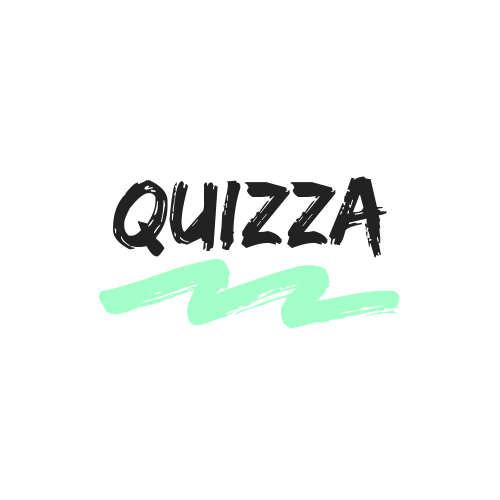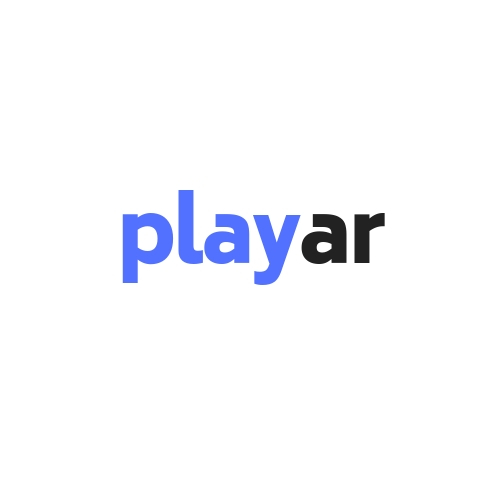Prior to diving into ideation on potential solutions, we wanted to finalize the problems we had discussed in weeks past. In doing so, we could achieve clarity and focus in our thought process. As such, we came to the following definitions:
- Refugees do not have the capacity to acquire financial security under the current provisions allocated by the UNHCR.
- Refugees have minimal autonomy in their lives and as such, spend much of their days idle with little hope for the future.
These two problems became a platform for developing innovative solutions. At first, we decided that it would be most productive for us to generate ideas independently so that we could come up with as many solutions as possible. A list to the initial ideation process can be viewed here: Ideation List. We brought these ideas to a design review session with the instructors in class so that we could get feedback on our thoughts.
As the semester became more busy for our entire group, it was clear that we needed to meet more often. We tackled this problem by holding smaller group meetings. This is where the ideas were brought to life. Michael and Rhys thought of Wish after our design review: a one for one philanthropic effort that connects people who are making online purchase to refugees who are searching for the same items in their camps.
Use case: If a refugee sought out soap but didn’t have access to it, and a consumer in the United States was buying the same item online, the consumer could remotely gift the soap to the refugee.
We believe this application has the capacity to identify refugee needs in communities that may not be keeping track of disparities in humanitarian aid. From our trip to Lesvos, we realized that the current standard for aid provision was not refugee-centered, so Wish accomplishes that in a disruptive manner.
The next idea was the brainchild of Michael and I. We began thinking about how to engage refugees remotely, without having to build or distribute anything physical. We thought about the success of HQ, the survey platform that captivated millions of users across the states earlier in 2018. As such, we wanted to tie the HQ model into a trivia-based game that primed refugees for a successful integration. By quizzing refugees on European pop culture, general know-how, and etiquette, we hoped to devise a model that would both educate and reward refugees from a competitive standpoint. The result was Quizza, an application that addresses refugees problems in recreation, finance, and integration. Daily and weekly winners would be rewarded through virtual currency that can be utilized at local businesses in the camp’s vicinity. Moreover, we hoped that these same businesses would be interested in advertising on the application, so as to devise a steady stream of funding.


The final idea that came to mind was an AR based solution that has a similar problem area as Quizza, but a different delivery. Playar is an approach to engage refugees effectively. Through a mobile phone, playar could utilize augmented reality technology for a host of use cases. They are listed in detail below:
ballar – encourages user to throw away trash by converting recognizable trashcans into basketball hoops. Phone recognizes distance from trash can and awards points accordingly. A “Baller” award is granted to person who makes the most hoops. In doing so, the user is effectively establishing a clean environment in their camp community.
visitar – landmark-based exploration. User is rewarded for visiting specific sites in their vicinity, and in the process, can learn the significance of a particular landmark. This use case will encourage individuals to get out of the camp, which could have tangible benefits to their mental health and overall well being. Ideally, this behavior can continue beyond the app, which will improve the prospect of successful integration. The user will become more open-minded by virtue of exploration.
sportar– user is rewarded for physical exercise. For example, the physical environment could turn into an augmented reality racetrack, and the app keeps track of how many laps they complete. The idea could also track time so that a leaderboard can be generated based on how quickly the user completes a course. Ideally this could be expanded so that there could be some sort of AR gymnasium, using the local environment as a source of innovative forms of exercise.

None of these solutions are finalized, but nevertheless, we are all excited to have something to develop for alleviating the refugee crisis, however small our contributions may be.